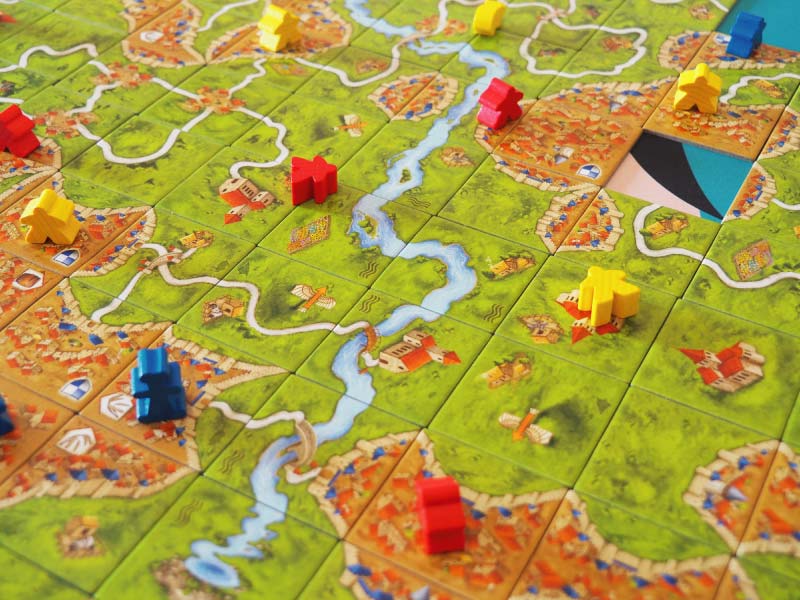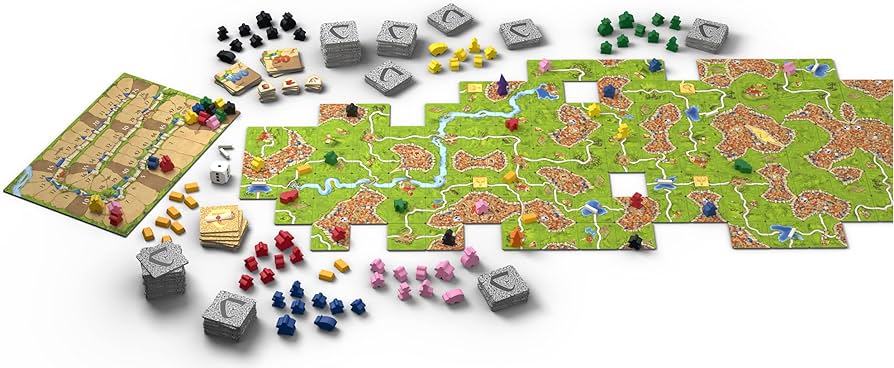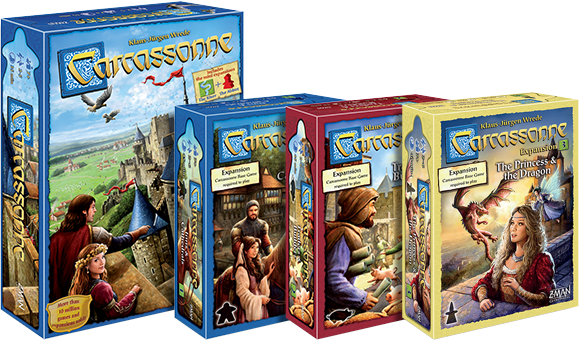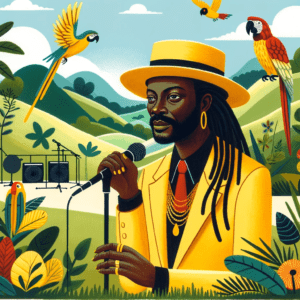Written by Gibran
October 16, 2023

This board game, whose name and art are based on a real French community, allows us to create a map with cities, bridges, and monasteries across our table. It can be played with 2 to 5 players, and on average, each game lasts approximately 40 minutes.
As you can see in the photograph, the game consists of square tiles that are placed each turn, with the condition that when placing them, there must be coherence between the adjacent edges of each tile. Each player has 7 little figure pieces called ‘followers’ with which they can try to claim a city, monastery, or road where they place them, earning points for themselves.

Creativity catalyst
Carcassonne is a lot of fun because, apart from keeping us hooked in the competition, it’s so beautifully illustrated that it’s easy to get lost in the maps we create in each game, imagining the inhabitants of the newly founded city walking to the remote monasteries surrounded by mountains and roads.
The fact that there are no ‘cards in hand’ that we have to hold onto, waiting for the perfect moment, but rather we simply await the tile that we or our opponent will place on each turn. It allows us to take the time to enjoy the territory we’ve built.
Expansions
Carcassonne was released in 2000 and has undergone three art redesigns so far. It has also received several expansions, of which I will limit myself to commenting on the three that were included in the package I purchased:
1.-The River:This expansion adds 12 tiles that are placed in turns at the beginning of the game. Each tile is a part of a river, which helps define the geography of our map. I can’t imagine playing without this expansion.
2.-The Abbot: The abbot is a new figure that can be placed in monasteries and flower fields, and it has the ability to be removed for scoring at any time we place a tile adjacent to the one where it was placed. Quite useful and decisive for victory.
3.-Peasants: This is more of an additional rule than an expansion that we can add to vary the game. To turn one of our regular followers into a peasant, we must place it lying down in the field. Although we won’t be able to use that follower anymore until the game ends, in the end, it will allow us to score 1 point for each field tile connected to the field where we placed the peasant.

More than recommended
Mostly, I play two-player matches in which my wife is my worthy opponent. A lot has already been said about how highly recommended the game is. So I will focus on the specific case of a marriage with young children:
The game can be left hanging for a few minutes or hours to be resumed later without the fear of losing progress or accidentally revealing our game. It can be played in silence while the children sleep (although from time to time, it might be difficult to contain a sudden outburst due to an unexpected turn of events).
“Although practice in the game improves strategy, it changes dramatically as more players are added, making it equally exciting to play with a guest or stick to 1 vs. 1 without the fear of easily dominating victories due to more practice.
Therefore, I recommend it to couples who enjoy competing from time to time because despite being very relaxing, the rivalry will evolve as you play, as in the case of my marriage, where I have been forced to admit that perhaps (only perhaps due to counting errors) my wife may have already won more times than I have… For now.
Extra:
I recommend the album Au Service de la France by Nicolas Godin to accompany this game. Les Rues de París track from the album is on this link
Don’t wait any longer and buy it!



